Comparative review of substrates for parquet board - what to choose?
If the installation of the parquet floor will be carried out in a floating way, then you will need the substrate for the parquet board without fail. She will take on the role of a layer between the apparent base and the finish. Is it really so necessary? We will talk about the indispensability of the substrate, as well as its basic types in this article.
Why do I need a substrate?
So, the decision has been made - the parquet board will “show off” on the floor. But have you prepared a foundation for it? Even if it seems to you that the floor is “licked” to perfection, some irregularities will still be present, whether you like it or not. They just form the very voids under the floorboard, which can significantly undermine the “well-being” of the coating, up to a reduction in its service life.
If you lay the flooring without any “preludes” directly on the screed, then after a certain period of time the floor will begin to play. Backlash even a couple of millimeters causes a lot of inconvenience, not only to you, but to the esteemed neighbors below - any sound from human movement (especially in high-heeled shoes) will be heard very clearly. Agree, there is little pleasant.
All this can be easily avoided - all that is needed is to purchase and timely lay a high-quality substrate under the parquet board. It is able to finally smooth out small irregularities of the base, create good cushioning and dampen shock noises that appear when walking.
Shout Myths Myths
Myth # 1 - The Thicker The Better
This is the most common misconception. For some reason, many people believe that laying a thick substrate will significantly reduce the load on the parquet board and that walking on the floor will be softer. We hasten to assure that this is not so. According to the standards, the maximum allowable base difference for a parquet board is two millimeters for every two square meters. A soft foam or cork substrate is characterized by compression under pressure. The greater its thickness (its layer), the greater the difference in height. And the height difference and other irregularities, as we have already noted, create a backlash - in this case, on the locks of the parquet board. Castle joints begin to creak and wear out actively. And the saddest thing is that all this charm will "come out" in a couple of months - you will not succeed in taking timely measures.
The optimal thickness of the substrate for the parquet board is two millimeters. If the base is well aligned, it is such a figure that will allow you to meet the regulatory difference. Plus, the absence of, say, a small fragment of the substrate will be completely imperceptible.
Myth # 2 - the substrate is able to even out any differences
Ah, how lovely it would be if it weren’t true! Repetition of all roughnesses of the rough floor is one of the features of the substrates. To bring the base into proper condition, it is necessary to use either appropriate mixtures or sheets of gypsum, moisture-proof plywood.
Myth # 3 - the backing in the sheets is the most beautiful
Sheet material before roll has absolutely no advantages: neither in terms of laying, nor during operation.
Types of substrates and their features
The modern market offers the buyer foamed, foil, cork, rubber and bitumen-cork substrates, as well as substrates made of composite materials.Consider each variety individually.
Option # 1 - polyethylene foam
A foam polyethylene backing is the most common. This material has a high chemical resistance to various substances. She is not afraid of mold, fungi, bacteria or moisture. But! Foamed polymers are flammable and toxic. This is an unusually significant minus.
In addition, as you know, the polymerization process is reversible - this means that such a polymer will decompose under the influence of light and oxygen. Simply put, in about ten years, your polyethylene foam substrate will turn into a kind of powder, completely losing all its positive properties. Since foamed polyethylene is sensitive to ultraviolet, a substrate of this material should be stored in the dark before laying under a parquet board.
Option # 2 - foil
The substrate with a foil layer is a good noise, hydro and heat insulator. Polyethylene foam samples are folded, as a rule - this material is recommended for use when laying the coating on logs with rigid fixation of the board.
Option # 3 - Cork
Such substrates are crushed and then pressed cork oak bark. It is an organic natural material without any chemistry. Cork under the parquet board does not rot, does not mold, is an excellent heat and noise insulator. She is able to maintain her best qualities throughout the entire operational period.
The only remark is that the cork backing can not be laid directly on a fresh screed. First you need to lay a waterproofing layer: a solid plastic film.
There is also a rubber-cork version of the above substrate, on a synthetic basis. This is an excellent soundproof. To "cheers" dampens the vibration of electrical appliances.
Option # 4 - bitumen-cork (Parkolag)
This is kraft paper processed with bitumen and sprinkled with cork chips. The main advantages of bitumen-cork substrates are durability, good sound insulation, high moisture protection. Stacked with cork "seasoning" down.
Considering the advantages of a particular material, it is important to pay attention to its disadvantages. A significant drawback of these substrates is the property of bitumen mastic to release formaldehyde in large quantities.
Option # 5 - from composite materials (Tuplex)
Duplex is a three-layer material. The lower one is represented by a porous film that transmits moisture into the middle layer filled with balls (it maintains a constant product height). The top layer is a polyethylene film.
Especially relevant is the use of such a substrate in case of problems with the screed (its "underperformance", the formation of condensate). Thus, the risk of damage to the floorboard is significantly reduced.
Which option is still better?
After reading this material, you will probably ask a question - so which substrate is still better? According to experienced experts, as well as already sophisticated buyers, the most reasonable choice in terms of practicality, safety and durability are cork samples, as well as Tuplex.

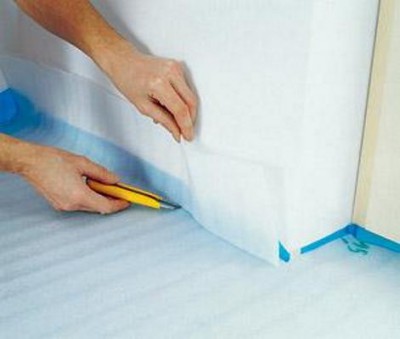
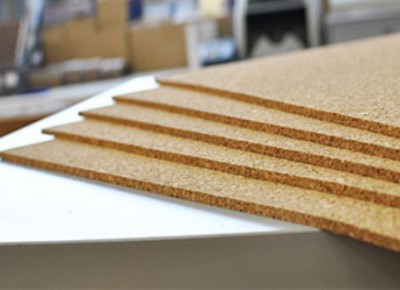
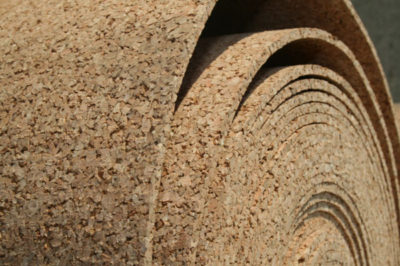

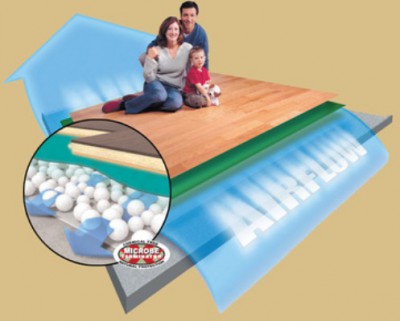
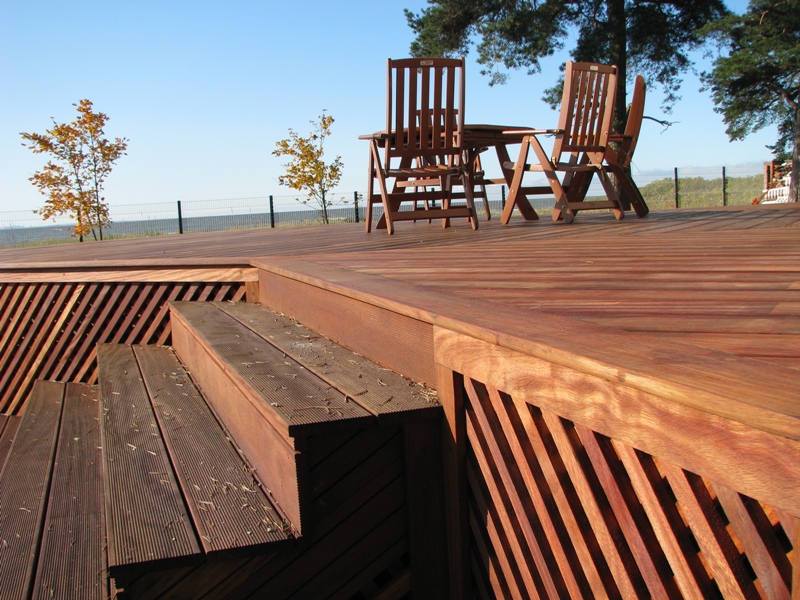


2 comments